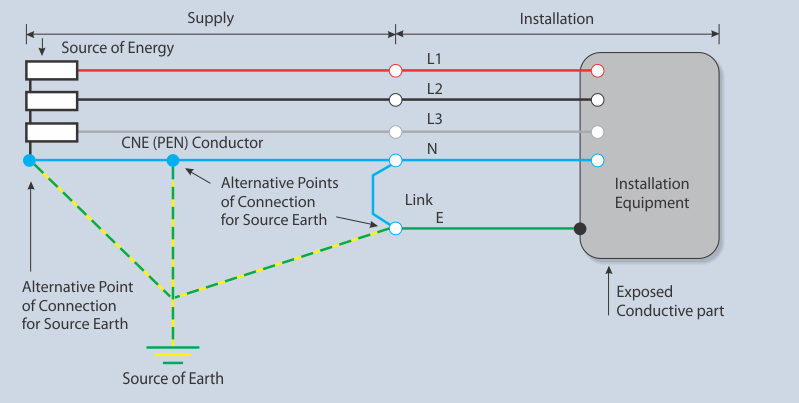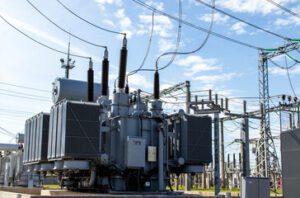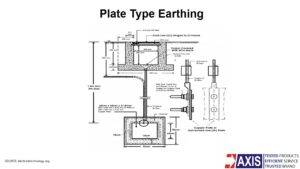Standards Used for Earthing Systems Definitions
Over the past century, Electrical Safety Standards have evolved into highly advanced frameworks, covering all key aspects of safe installations, including Earthing Systems. For Low-Voltage (LV) Electrical Installations, the IEC 60364 standard ensures the protection of both personnel and property.
The IEC 60364 standard defines three main types of Earthing Systems: TT, IT, and TN. As IEC leads the global standards in electrical, electronic, and related technologies, the IEC 60364 standard serves as the highest authority for LV Electrical Installations worldwide. Consequently, many national standards recognize the three types of Earthing Systems outlined in IEC 60364. For example, the UK uses BS 7671: 2008 (IEE Wiring Regulations 17th Edition), and India follows IS 732:1989 (R2015).
Follow us on LinkedIn for the latest updates
Types of Earthing Systems
The IEC 60364 standard defines the following Earthing Systems:
-
TT
-
IT
-
TN (with further subdivisions: TN-C, TN-S, TN-C-S)
For clarity, we refer to five types of Earthing Systems that are common worldwide.
Watch Our Video for a Detailed Explanation of all the 3 Systems!
Nomenclature
The first letter in each system refers to the power source from a star-connected winding, while the second letter refers to the consuming equipment that requires earthing.
From the ‘Handbook of Electrical Engineering: For Practitioners In The Oil, Gas And Petrochemical Industry’ by Alan L. Sheldrake
-
T means that the source’s start point is directly connected to earth.
-
I indicates the source’s start point is isolated from earth, typically through an inductive impedance or resistance.
-
N refers to the neutral conductor, which is connected to earth.
-
S means the neutral and protective conductors are separated, requiring five conductors for a three-phase system.
-
C means the neutral and protective conductors are combined, requiring only four conductors for a three-phase system.
To put it in simpler terms:
T = Direct connection to the Earth, T stands for Terra meaning earth
I = Isolated
N = Neutral
S = Separate
C = Combine
The most common systems used are TT and TN. Some countries, such as Norway, use the IT system. A summary of the Earthing Systems used for public distribution in different countries is shown below.

TT Earthing System
In the TT system, the supply source and the installation’s metalwork directly connect to earth. For overhead lines, the earth mass acts as the return path for the line. The installation must keep the neutral and earthing conductors separate, as the power distributor provides only the supply neutral or protective conductor.

IT Earthing System
The IT system does not directly connect to earth or connects through a high impedance. The key feature of the IT system is its ability to continue operating if a fault occurs between phases and earth. It is known as a ‘first fault.’ This allows the system to remain functional while other protections fail. Power distribution in substations or generators typically uses the IT system.

Want to know our price?
TN-S Earthing System
In the TN-S system, the system keeps the ground and neutral conductors separate throughout the distribution. The metallic covering of the cable supplying the installation serves as the protective conductor. The system connects all exposed conductive parts of the installation to this protective conductor or via the main earthing terminal.
You can read our detailed article about the TN-S Earthing System to learn more.

TN-C Earthing System
In the TN-C system, the system combines the neutral and protective earth conductors into a single conductor. The PEN conductor connects all exposed conductive parts of the installation. According to the Electricity Safety, Quality, and Continuity Regulations 2002 (8(4)), consumers must not combine neutral and protective functions into a single conductor within their installations.

TN-C-S Earthing System
The TN-C-S system combines the neutral and protective earth conductors in a single conductor at certain points in the system. This system, known as multiple protective earthing, involves earthing the supply system PEN conductor at two or more points. A near consumer’s installation may require an earth electrode. The PEN conductor connects all exposed conductive parts to the main earthing terminal, where it links the neutral and protective earth terminals.

You can view our wide range of Earthing, Grounding and Bonding Equipment here. You can contact us if you want a quotation or have any further questions regarding the products required for Earthing, Grounding, or Bonding.
This article is part of our series of articles on Lightning Protection, Surge Protection & Earthing. You can read more with the following links:
Introduction to the basics of Lightning Protection and Earthing and the Standards (IEC 62305 and UL 467)
Surge Protection Devices (SPD)
Lightning Protection Zones and their Application to SPD Selection
How does a Lightning Arrester work?
For more information, please contact us at axis-india.com/contact-us/










